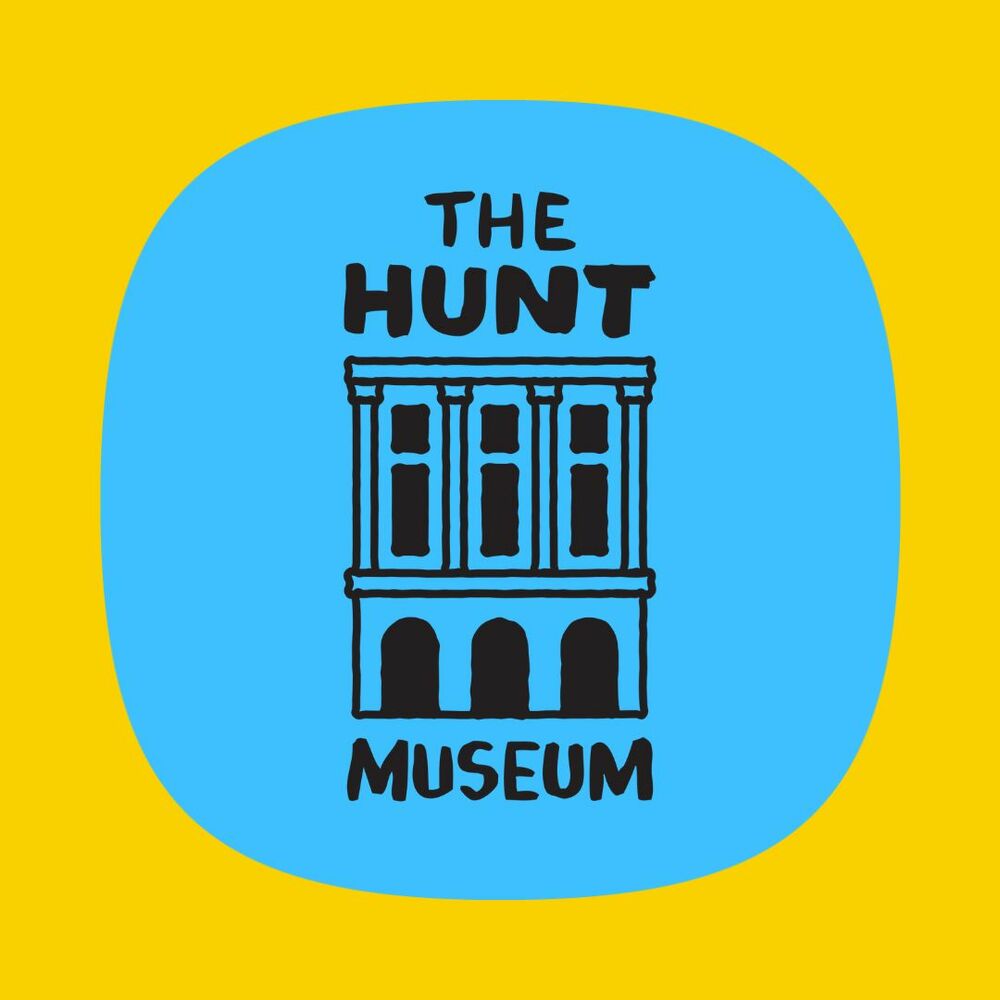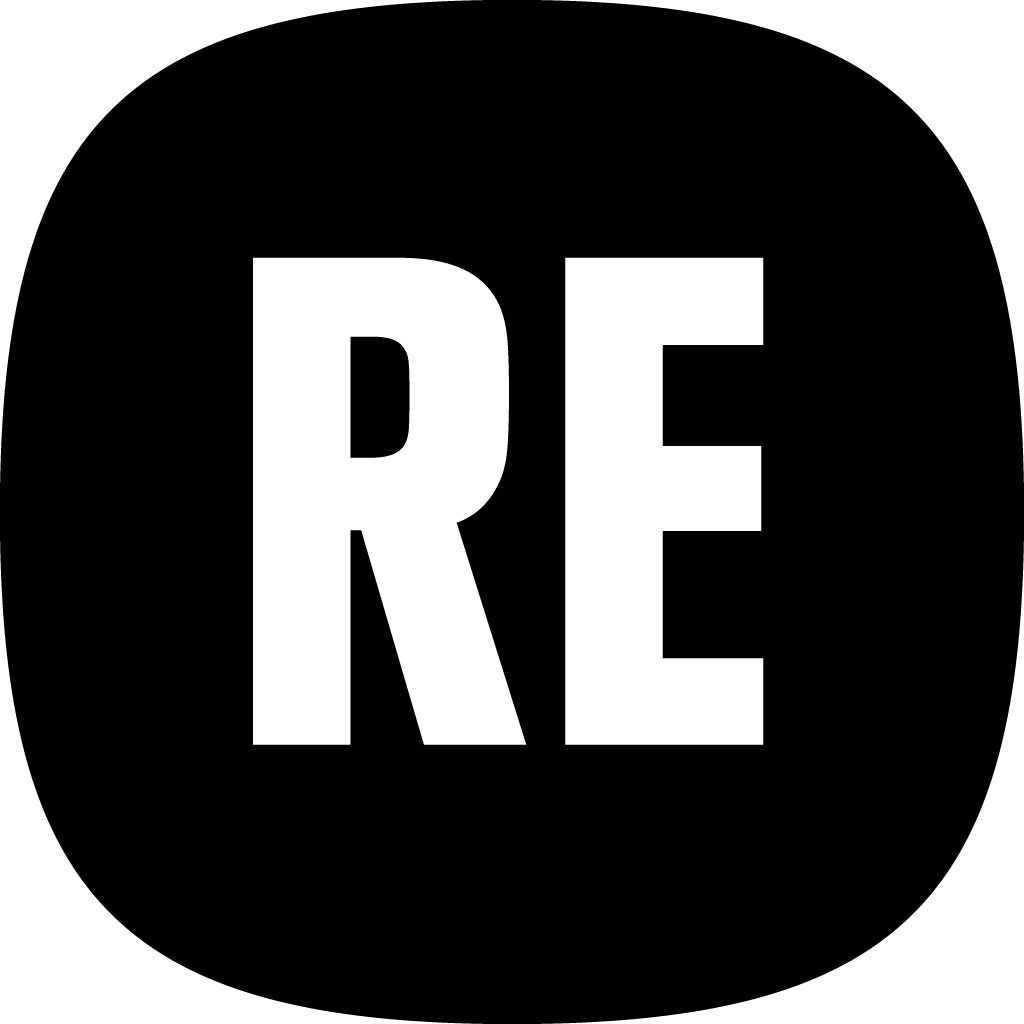Hunt Museum

WHO
The Hunt Museum, located in Limerick, Ireland, is a prominent cultural heritage institution known for its diverse collection of over 2,000 objects, ranging from artworks to archaeological artifacts. Its mission is to promote cultural heritage, foster education, and engage the community through exhibitions and public programs. The museum plays a central role in Limerick's cultural landscape, working to make its collections accessible to the public while exploring sustainable practices and partnerships. The Hunt Museum's forward-thinking approach includes its active involvement in the RECHARGE Living Lab process, which bridges the gap between cultural heritage, corporate collaborations, and community-driven initiatives.
WHAT
The aim of the Hunt Museum Living Lab was to make a partnership with a corporation to use their Corporate Social Responsibility (CSR) budget to solve a museum challenge, involving local communities in a project that could be sustained over time.
The RECHARGE Model that the Hunt Museum chose to test was the CSR cultural heritage community model: This business model fosters meaningful, long lasting connections between museums, active communities, and socially responsible companies. It engages companies to use their CSR programmes in innovative ways to benefit museums and their communities. By facilitating collaboration, this model develops innovative products and services that meet local needs. The Hunt Museum identified anti-social behaviour in the Hunt Museum Garden as a challenge to solve using participatory practices.
As part of the RECHARGE Living Lab initiative, the Hunt Museum has led an innovative project titled Weaving Willow. Fostering collaborative co-creation between local communities, the museum, and corporate partners, firstly with Cook Medical, and in a later iteration with SISK,the project aimed at solving the problem of anti-social behaviour in the Hunt Museum garden; focused on climate and biodiversity, as well as engagement with a heritage skill, wellbeing and local pride, thus bringing a shared value to all participants. By creating opportunities for community engagement in the weaving of willow to create sculptures in the locality, as well as offering skill development workshops the project enhances public engagement in cultural heritage while promoting environmental sustainability. It offers a platform for creating community-driven art that reflects local values and needs.
HOW
The implementation of the Weaving Willow project follows a structured co-creation approach, bringing together museums, corporations, and local communities to collaboratively design and produce the final output. The process began with co-creation workshops involving museum professionals, corporate partners, and local community members. These workshops identified the issues to address—such as anti-social behavior and biodiversity improvement in the museum's garden—while ensuring that the needs and preferences of the local community guided the final project outcomes.
The project uses the Living Lab methodology, which encourages iterative co-creation and continuous feedback from stakeholders. A key partnership with Cook Medical in the project’s first iteration and SISK in the second provided CSR funding, ensuring the project's financial viability. In addition to creating the Hunt Museum object replica sculptures, and a local willow sculpture storytelling walking trail, the project featured willow weaving workshops focused on employee wellbeing at Cook Medical, willow craft workshops for the broader community, and two temporary sculptures; one created by students from St. Gabriel's School, and another Muc Dubh Hunt Museum object replica that is displayed in varying locations around the city
The project emphasizes transparency and collaboration, with all parties maintaining a balanced power dynamic and open communication. Success is measured by tracking metrics such as community engagement, employee participation, and the impact on local biodiversity. The Hunt Museum’s Living Lab process serves as a model for how cultural institutions can partner with corporations and communities to foster long-term sustainability and meaningful social impact.
PROBLEM SOLVED
The RECHARGE projects brought its own set of challenges across both iterations for the Hunt museum. A significant hurdle emerged during the first iteration (January 2023 - August 2023) with the unexpected withdrawal of the initial corporate partner. This required a considerable and time-sensitive effort to identify and secure a new corporate collaboration to maintain the project's momentum and financial viability for its participatory activities with the community. Furthermore, the museum team faced the ongoing challenge of effectively engaging and maintaining relationships with corporate stakeholders throughout the entire Living Lab period. Even with community engagement being a core goal, the museum actively learned and adapted its co-ideation processes. Reflections from the first iteration highlighted the need for more effective mechanisms to involve the community from the very beginning, a lesson that informed the approach in the second iteration (August 2024 - September 2025). The need for consistent communication and follow-up with a diverse range of initial co-ideators, as well as the time required to build trust and meaningful relationships within the community, also presented ongoing operational considerations. In the second iteration, while a new corporate partner was secured, maintaining consistent engagement and being on time required careful navigation.


Share